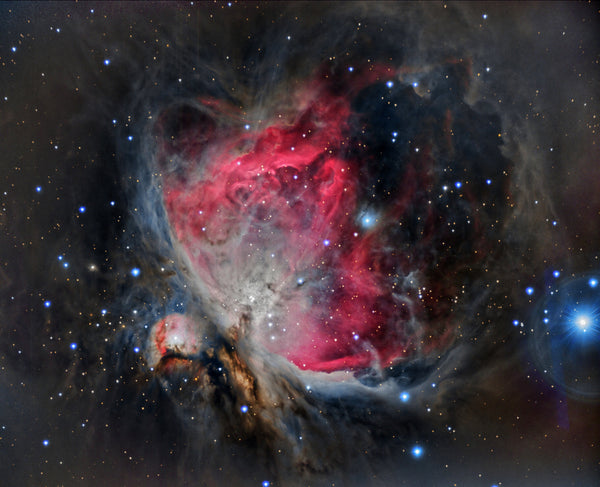
There are some beautiful star clusters to study this month. At around 150 times magnification with a 3 inch telescope, the planet can be resolved to a blue-green disk. Try and locate it using binoculars at first you might be able to see a greenish blob which would be as a result of its methane atmosphere. You may be able to find it using the map above. Uranus, a gas giant, is positioned in Pisces and requires a star map to find it. Jupiter rises from 5:30am from 1st December and climbs to at least 20 degrees above the horizon by dawn on 31st December. Pull out your sun lounger, dress warmly and remember to allow around half an hour for your eyes to adapt to the dark. A special feature of this shower is that the meteors can be colourful. The good news is that there will be no moon light to wash out the sky. At 75-120 meteors per hour, the best time to watch it is around midnight. The Geminid shower was first observed in the mid-19th Century and more recently, was discovered in 1982 to be the cometary debris left by 3200 Phaethon. You will start to see ‘shooting stars’ (meteors) from this shower from 7th December. On 13th - 14th December from the middle of the evening until dawn, the Geminid Meteor shower reaches a peak and promises to be a breath-taking pre-Christmas treat, as it is the most reliable and strongest meteor shower of the year.
#ORION NEBULA 3 INCH TELESCOPE VIEW FULL#
The Full Moon falls on 3rd December and New Moon on 18th December.

It also means the North Pole is tilted at the furthest point away from the Sun. It is also the darkest part of the year as the Winter Solstice falls on 21st December, where the Sun is at its most southerly declination (it is one of two angles which indicates a position on the celestial sphere). Increasing access to Elan Valley’s archaeological and built heritageĭecember is a fabulous month for star clusters, nebulae and meteor showers.



 0 kommentar(er)
0 kommentar(er)
